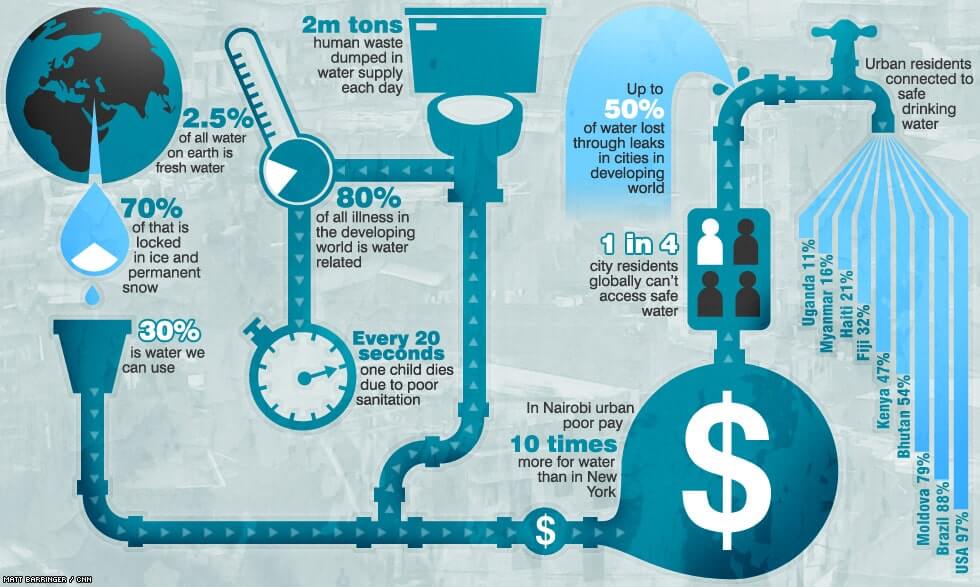The Future Of Home Home Heating - Exactly How Heat Pump Modern Technology Is Advancing
The Future Of Home Home Heating - Exactly How Heat Pump Modern Technology Is Advancing
Blog Article
Article Composed By-David Byrne
Heat pumps will certainly be a crucial modern technology for decarbonising heating. In ventilation systems specialists christchurch with federal governments' introduced energy and climate commitments, their global ability doubles by 2030, while their share in home heating rises to one-quarter.
They work best in well-insulated homes and depend on electricity, which can be provided from a renewable power grid. Technical advancements are making them a lot more reliable, smarter and less costly.
Gas Cells
Heat pumps utilize a compressor, cooling agent, coils and followers to move the air and warmth in homes and home appliances. They can be powered by solar energy or power from the grid. They have been acquiring appeal as a result of their inexpensive, silent operation and the capability to create power during peak power demand.
Some companies, like IdaTech and BG MicroGen, are servicing fuel cells for home heating. These microgenerators can replace a gas boiler and create a few of a house's electric requirements with a link to the electrical power grid for the rest.
However there are reasons to be doubtful of using hydrogen for home heating, Rosenow says. It would certainly be pricey and ineffective contrasted to other innovations, and it would add to carbon emissions.
Smart and Connected Technologies
Smart home innovation enables home owners to link and regulate their devices from another location with the use of smart device applications. For instance, smart thermostats can discover your home heating preferences and immediately get used to optimize power consumption. Smart lights systems can be managed with voice commands and immediately shut off lights when you leave the room, reducing power waste. And clever plugs can check and handle your electric use, allowing you to determine and restrict energy-hungry home appliances.
The tech-savvy home illustrated in Carina's interview is a great image of exactly how occupants reconfigure area heating techniques in the light of new smart home technologies. They depend on the tools' automated features to execute everyday changes and concern them as a hassle-free means of performing their heating methods. Because of this, they see no reason to adapt their practices better in order to make it possible for versatility in their home energy demand, and treatments focusing on doing so might face resistance from these families.
Power
Since warming homes accounts for 13% of US exhausts, a switch to cleaner choices might make a big difference. But the technology faces challenges: It's expensive and needs extensive home remodellings. And it's not always compatible with renewable resource sources, such as solar and wind.
Until just recently, electric heat pumps were as well expensive to take on gas models in most markets. Yet brand-new advancements in style and products are making them a lot more affordable. And far better chilly environment performance is enabling them to operate well also in subzero temperature levels.
The following step in decarbonising home heating might be making use of heat networks, which draw heat from a central source, such as a neighboring river or sea inlet, and disperse it to a network of homes or buildings. That would decrease carbon discharges and enable families to benefit from renewable resource, such as green power from a grid provided by renewables. This alternative would certainly be much less pricey than switching to hydrogen, a nonrenewable fuel source that needs new facilities and would only reduce carbon dioxide exhausts by 5 percent if coupled with boosted home insulation.
visit our website
As electrical energy rates go down, we're starting to see the exact same pattern in home heating that has driven electric automobiles into the mainstream-- yet at an also faster speed. The solid environment case for impressive homes has been pressed additionally by brand-new research.
Renewables make up a significant share of modern-day heat intake, yet have actually been given minimal policy attention worldwide compared to other end-use fields-- and even much less attention than power has. In part, this shows a mix of customer inertia, split rewards and, in many nations, subsidies for nonrenewable fuel sources.
New modern technologies could make the change much easier. For example, heatpump can be made much more energy efficient by replacing old R-22 cooling agents with brand-new ones that don't have the high GWPs of their predecessors. Some experts likewise visualize district systems that draw warmth from a nearby river or sea inlet, like a Norwegian arm. The warm water can then be utilized for cooling and heating in an area.